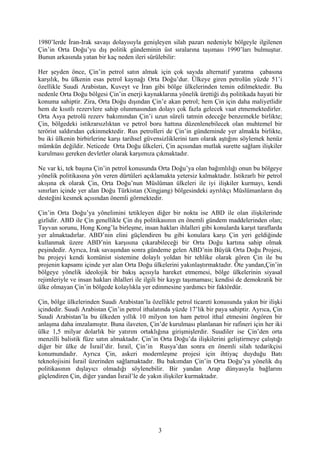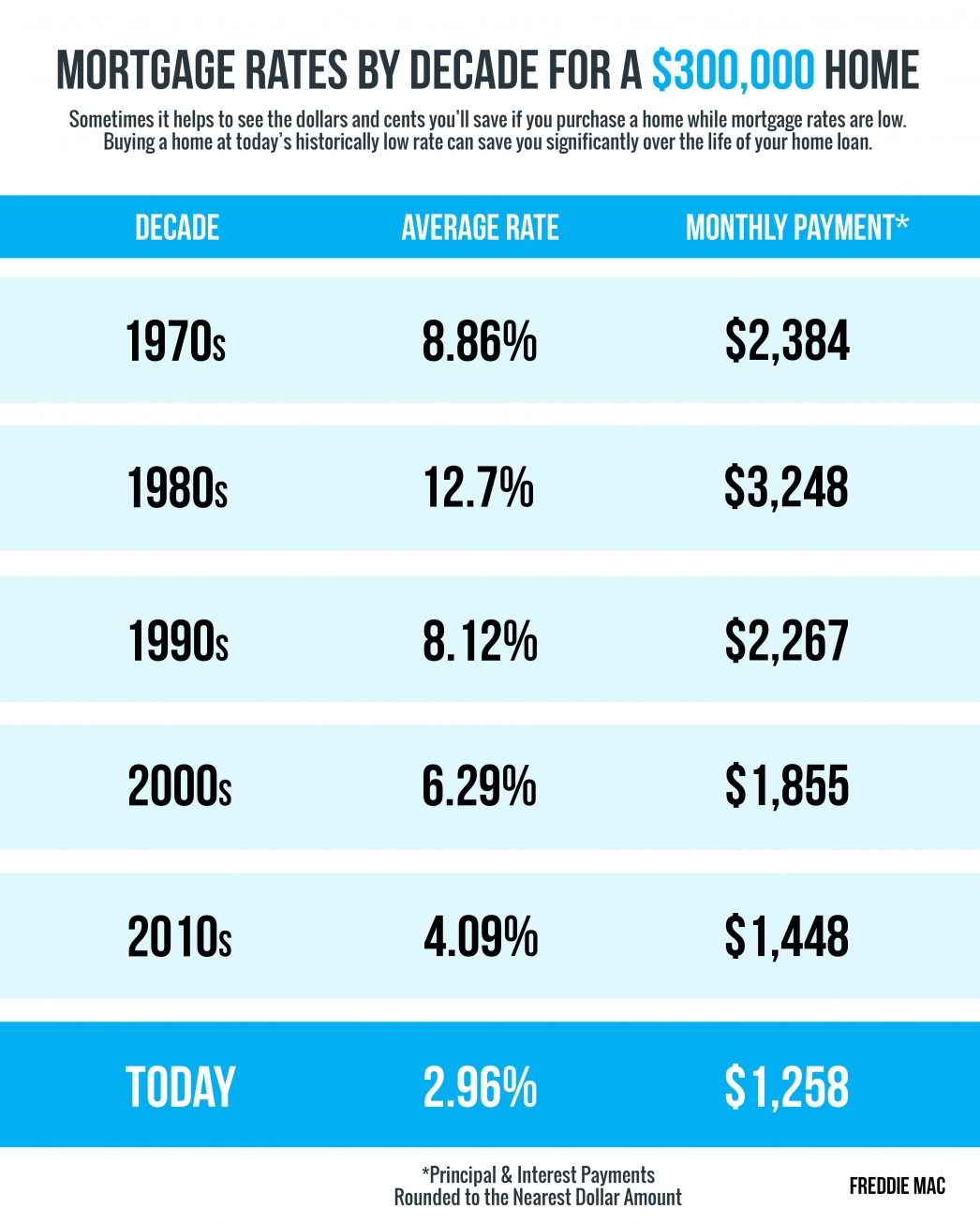Understanding Flood Alerts: A Comprehensive Guide To Flood Safety

Table of Contents
Types of Flood Alerts and Warnings
Different flood alerts signify varying levels of risk and require different responses. Understanding the nuances between these alerts is critical for timely and appropriate action. Failing to recognize the difference between a flood advisory and a flood warning could mean the difference between minor inconvenience and a life-threatening situation.
-
Flood Advisory: A flood advisory indicates that flooding is possible. The language used typically suggests that conditions are favorable for flooding, but it’s not necessarily imminent. You should monitor the situation closely and be prepared to take action if conditions worsen. Examples include phrases like "potential for minor flooding," or "be aware of the possibility of high water."
-
Flood Watch: A flood watch means that conditions are favorable for flooding to develop. Flooding is possible, but not necessarily occurring. This is the time to review your emergency plan, prepare your emergency kit, and monitor weather reports closely. Expect phrases like "Flooding is possible," or "Be prepared for possible flooding."
-
Flood Warning: A flood warning signifies that flooding is occurring or is imminent. This is not a time for complacency; immediate action is necessary. Evacuation may be necessary, depending on your location and risk assessment. Look for phrases like "Flooding is occurring," "Flooding is imminent," or "Take action immediately."
-
Emergency Alert: An emergency alert signifies a life-threatening situation. Immediate action is required to protect life and property. Evacuate immediately if instructed to do so. These alerts often include urgent and direct language, such as "Immediate action required," or "Evacuate now."
Understanding Your Flood Risk
Knowing your personal flood risk is paramount. Many assume flooding only affects those living near rivers or coastlines, but this is a misconception. Flash floods can occur anywhere with heavy rainfall, and even areas with a low historical flood risk can be vulnerable during extreme weather events.
-
Check FEMA flood maps for your property: The Federal Emergency Management Agency (FEMA) provides detailed flood maps that show areas at risk of flooding. These maps are crucial in determining your property's susceptibility to flood damage.
-
Research your local area's flood history: Understanding past flood events in your area can provide valuable insight into your risk level. Contact your local emergency management agency for historical flood data.
-
Consider elevation and proximity to water sources: Properties located in low-lying areas or near rivers, streams, or other bodies of water are at a higher risk of flooding. The closer you are to a water source, the greater your risk becomes.
Essential Flood Preparedness Steps
Proactive preparation is key to minimizing the impact of a flood. Developing a comprehensive flood preparedness plan should be a priority for every household.
-
Develop a family communication plan: Establish a designated meeting place and contact person in case family members are separated during a flood event. Ensure everyone knows the plan and understands their roles.
-
Create an emergency kit: Assemble a kit containing essential supplies, including drinking water, non-perishable food, first-aid supplies, flashlights, batteries, a whistle, and important documents in waterproof containers.
-
Make a plan for evacuating your home: Identify multiple evacuation routes and know where you will go if you need to evacuate. Consider having a designated out-of-state contact person to serve as a central communication point for your family.
-
Additional Preparedness Steps:
- Identify and protect valuable documents (insurance policies, deeds, etc.) by placing them in waterproof containers and storing them in a safe, elevated location.
- Learn how to shut off utilities (gas, electricity, water) in case of a flood emergency.
- Secure loose items that could be swept away by floodwaters.
Responding to a Flood Alert
When a flood warning or emergency alert is issued, acting swiftly is crucial. Heeding official warnings and instructions is paramount to your safety.
-
Move valuables to higher ground: Move furniture, electronics, and other valuable items to upper floors or a safe, elevated location.
-
Turn off utilities if instructed: If instructed by authorities, turn off gas, electricity, and water to prevent further damage.
-
Evacuate immediately if ordered to do so: Do not delay; comply with evacuation orders from emergency officials. Your life is more valuable than your property.
-
Stay informed: Continue monitoring weather reports and official alerts through reliable news sources for updated information and instructions.
Post-Flood Safety and Recovery
Even after floodwaters recede, dangers remain. Returning to a flooded home requires careful consideration and safety precautions.
-
Beware of contaminated water and debris: Floodwater can be contaminated with sewage and other hazardous materials. Avoid contact with floodwater, and wear protective gear when cleaning up.
-
Check for structural damage before entering your home: Inspect your home for structural damage before entering. If there is significant damage, contact a structural engineer before entering.
-
Report damage to your insurance company: Document all damage with photos and videos, and promptly contact your insurance company to file a claim.
-
Follow guidelines for cleaning and sanitation: Properly clean and sanitize your home to remove contaminants and prevent mold growth. Consult with professionals for guidance on flood remediation.
Conclusion
Staying informed and prepared is key to mitigating the risks associated with flooding. By understanding different types of flood alerts, assessing your individual risk, and following the preparedness and response steps outlined in this guide, you can significantly reduce your vulnerability to the devastating effects of floods. Don't wait until it's too late – learn more about flood alerts and develop a comprehensive flood safety plan for your family today. Take control and protect yourself and your loved ones by actively monitoring flood warnings and implementing the necessary safety precautions. Your preparedness could save lives and prevent significant property damage. Remember, understanding and acting on flood alerts is crucial for your safety and security.

Featured Posts
-
 Sorusturma Kapsami Genisliyor Kuluep Icinde Bueyuek Krizi
May 26, 2025
Sorusturma Kapsami Genisliyor Kuluep Icinde Bueyuek Krizi
May 26, 2025 -
 Local News Triumph Myrtle Beach Newspaper Wins 59 Sc Press Association Awards
May 26, 2025
Local News Triumph Myrtle Beach Newspaper Wins 59 Sc Press Association Awards
May 26, 2025 -
 Auction Alert Rare Michael Schumacher Benetton F1 Show Car
May 26, 2025
Auction Alert Rare Michael Schumacher Benetton F1 Show Car
May 26, 2025 -
 Hells Angels Myths Realities And Public Perception
May 26, 2025
Hells Angels Myths Realities And Public Perception
May 26, 2025 -
 Carolina Country Music Fest 2025 A Complete Sellout
May 26, 2025
Carolina Country Music Fest 2025 A Complete Sellout
May 26, 2025
Latest Posts
-
 Personal Loan Interest Rates Today Financing Starting Under 6
May 28, 2025
Personal Loan Interest Rates Today Financing Starting Under 6
May 28, 2025 -
 Finding A Direct Lender For Bad Credit Personal Loans Up To 5000
May 28, 2025
Finding A Direct Lender For Bad Credit Personal Loans Up To 5000
May 28, 2025 -
 Personal Loans With Guaranteed Approval For Bad Credit Up To 5000
May 28, 2025
Personal Loans With Guaranteed Approval For Bad Credit Up To 5000
May 28, 2025 -
 Abd Tueketici Kredileri Mart Ayi Artisinin Sebepleri Ve Sonuclari
May 28, 2025
Abd Tueketici Kredileri Mart Ayi Artisinin Sebepleri Ve Sonuclari
May 28, 2025 -
 Secure Personal Loans For Bad Credit Direct Lender Options And Up To 5000
May 28, 2025
Secure Personal Loans For Bad Credit Direct Lender Options And Up To 5000
May 28, 2025
